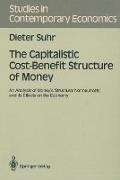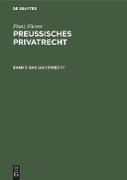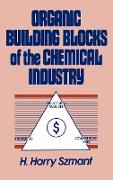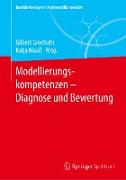- Start
- The Capitalistic Cost-Benefit Structure of Money
The Capitalistic Cost-Benefit Structure of Money
Angebote / Angebote:
This study is concerned with the time-honored problem of the change that is induced when money enters into the economy. As far back as Aristotle (Politics, pp. 1135-1143) the still-unanswered question regarding the dichotomy of the real-exchange and the monetary economy was raised. He contrasted Oeconomic, where people strive to obtain real utilities (household management), to Chrematistic, where they use money to make more money (art of wealth-acquisition): The true wealth consists of such values in use, for the quantity of possession of this kind, capable of making life pleasant, is not unlimited. There is, however, a second mode of acquiring things, to which we may by preference and with correctness give the name of Chrematistic, and in this case there appear to be no limits to riches and pos sessions. Trade does not in its nature belong to Chrematistic, for here the exchange has reference only to what is necessary to themselves. ( . . . ) In the case of Chrematistic, circulation is the source of riches. And it appears to revolve about money, for money is the beginning and end of this kind of exchange. Therefore also riches, such as Chre matistic strives for, are unlimited. ( . . . ) Oeconomic, not Chrematistic, has a limit ( . . . , ) the object of the former is something different from money, of the latter the augmenta tion of money ( . . .
Folgt in ca. 5 Arbeitstagen




